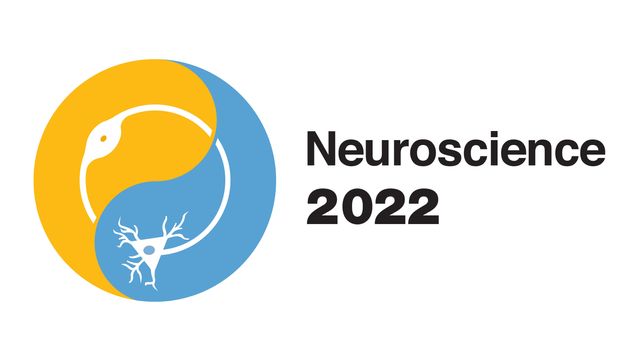Five Events You Don’t Want To Miss at Neuroscience 2022


After a three-year absence, the Society for Neuroscience’s (SfN) annual meeting returns to San Diego from November 12–16. The world’s largest neuroscience conference will welcome roughly 30,000 researchers to Southern California for five days of lectures, symposia and posters.
Attending conferences of SfN 2022’s size can be a bit dizzying. With 10 conference tracks to choose from, getting your calendar in order beforehand is essential. To help you out, we’ve picked five events that should be near the top of your schedule. There’s a substantial online component to the SfN program this year, so we have also marked out whether events will be livestreamed.
What? Symposium: The Neurological Consequences of COVID-19
When? Saturday, November 12, 2022, 2pm–4:30pm
Who? Chaired by Dr. John Winslow, Director of Oncology R&D at Monogram Biosciences
Available Online? Yes
As we near the three-year anniversary of the COVID-19 pandemic, the neurologic repercussions of millions of SARS-CoV-2 infections continue to become apparent. The significant percentage of affected cases who have enduring symptoms, many of which relate to the nervous system’s function, mean that COVID-19 will be a central focus of discussion at SfN 2022. In this symposium, research exploring how this disease affects the brain and how we might improve treatment of long COVID will be reviewed.
What? Presidential Special Lecture – How Do You Feel? The Molecules That Sense Touch
When? Saturday, November 12, 5:15–6:30 p.m. PST
Who? Prof. Ardem Patapoutian of the Scripps Research Institute/Howard Hughes Medical Institute
Available Online? Yes
Patapoutian, the Nobel Prize for Physiology or Medicine 2021 laureate, has made seminal contributions to our understanding of how the brain detects the world around us. Our senses or sight and hearing were dissected and understood by researchers decades ago. But how we convert pressure into sensory signals remained unclear until Patapoutian’s research, mainly conducted post-2010, revealed the existence of PIEZO1 and PIEZO2, pressure-activated cation channels. We now know that these channels play roles in touch and pressure-sensing throughout the body. In this special lecture, expect a deep dive into these discoveries through Patapoutian’s world-leading lens.
What? Lecture: The Sex- and Cell-Specific Role of TLR4-Induced Pain States: The Communication Between the Nervous and Immune System
When? Sunday, November 13, 1:30–2:30 p.m. PST
Who? Prof. Michael D. Burton of the University of Texas at Dallas
Available Online? Yes
Crosstalk between the immune and nervous systems has increasingly been recognized as a contributor to a host of neurological diseases. SfN Rising Star Burton will review how adaptive behaviors are regulated by these two systems, looking at how immune receptors like toll-like receptor (TLR)-4 sit at the head of complex physiological cascades, which can ultimately alter how our bodies experience pain using sex- and cell-specific mechanisms.
What? Special Lecture – From Atoms to Behavior: Creating Tools To Probe Neurobiological Complexity
When? Wednesday, November 16, 10:30–11:30 a.m. PST
Who? Prof. Polina Anikeeva of the McGovern Institute for Brain Research/Massachusetts Institute of Technology
Available Online? Yes
The emergent field of neurotechnology, a marriage of neuroscience and engineering, has produced thrilling advances in our ability to study the brain at a cellular level and even to stimulate and repair those same connections. Here, biomaterial expert Anikeeva will explore how neural engineering efforts have enabled us to mimic brain circuits using technology. The lecture even promises a peek at the opportunities afforded by emerging nanotechnologies.
What? Dual Perspectives Session: Should We Abandon Statistical Significance Testing in Neuroscience? Arguments for Replacing It With Estimation Methods vs Retaining and Improving It
When? Wednesday, November 16, 2–3:30 p.m. PST
Who? Prof. Bradley E. Alger of the University of Maryland School of Medicine and Prof. Bob Calin-Jageman of Dominican University. Moderator: Dr. Christophe Bernard
Available Online? No
Read even a handful of papers and the issues surrounding statistics in science become clear. Whether it’s p-hacking or HARKing, the faith we put in the value of p =<0.05 has been a source of much gnashing of teeth among the wider community. But is there a better way? In the latest SfN Dual Perspective debate session, alternative, estimation-based approaches (as argued by Calin-Jageman) go up against a strategy of maintaining but improving statistical significance-based approaches (as argued by Alger).



